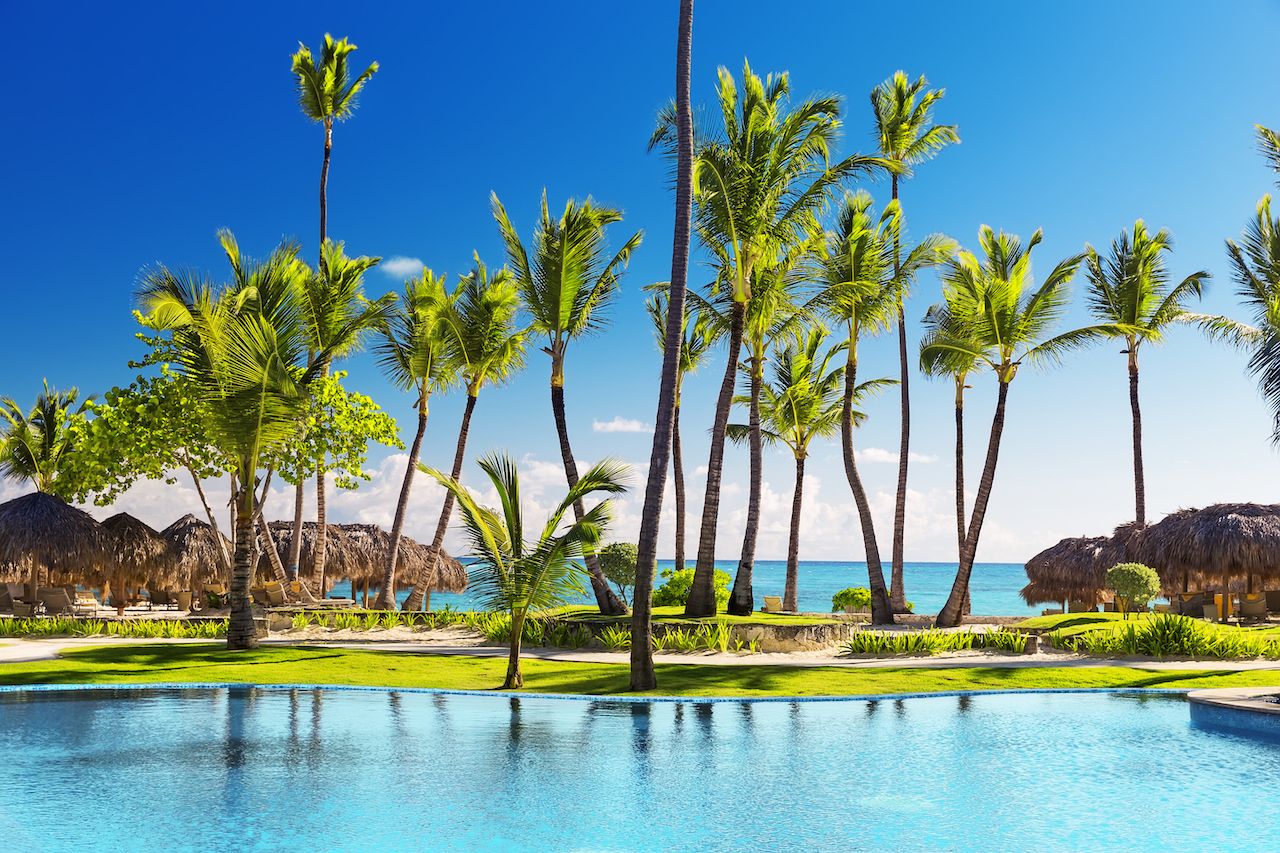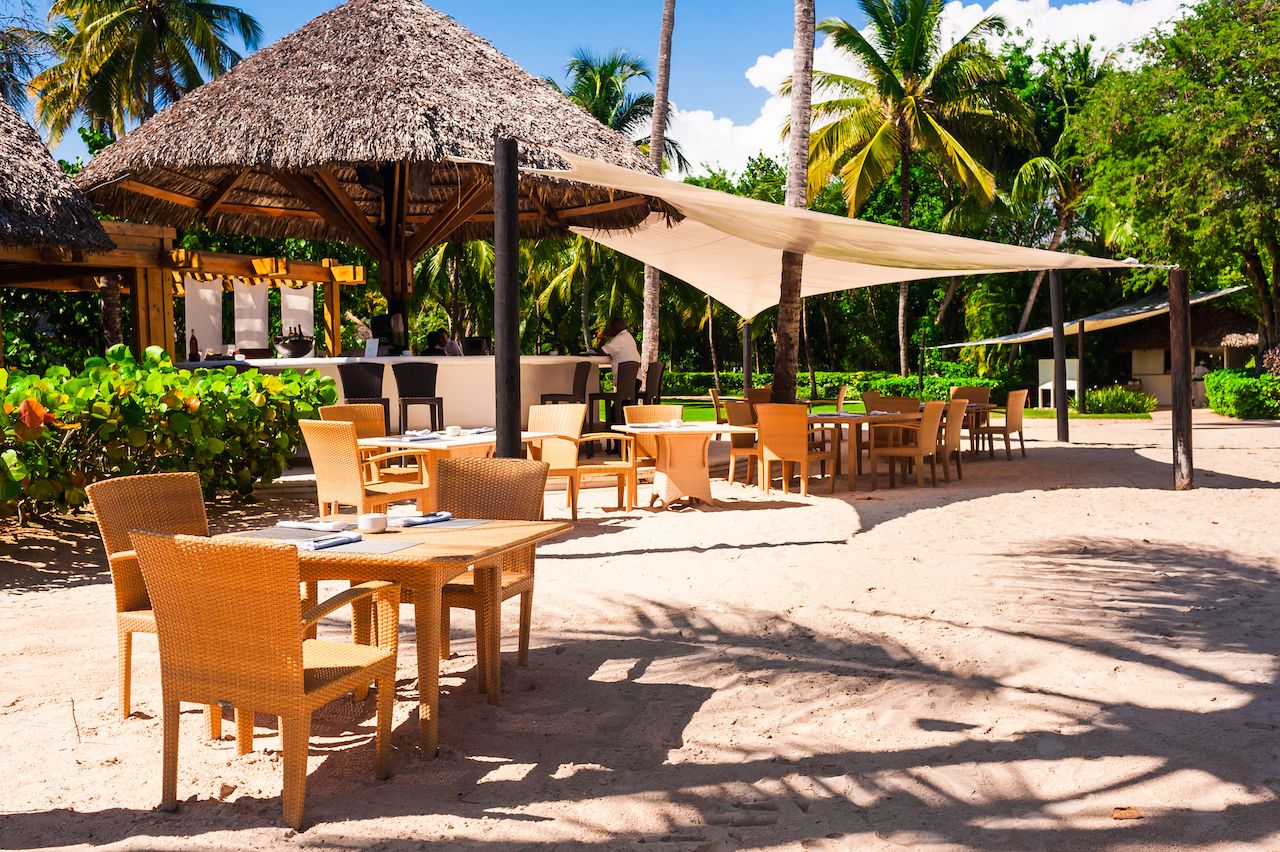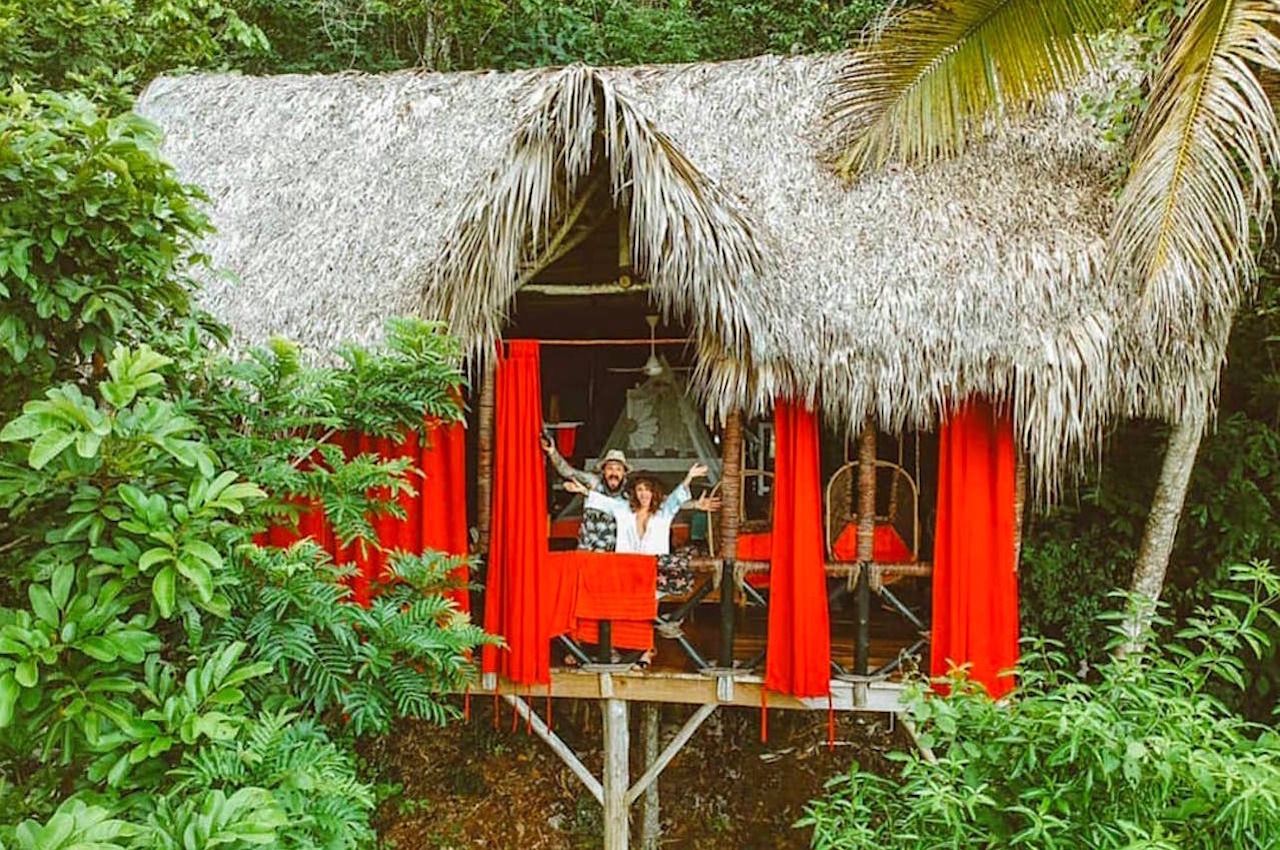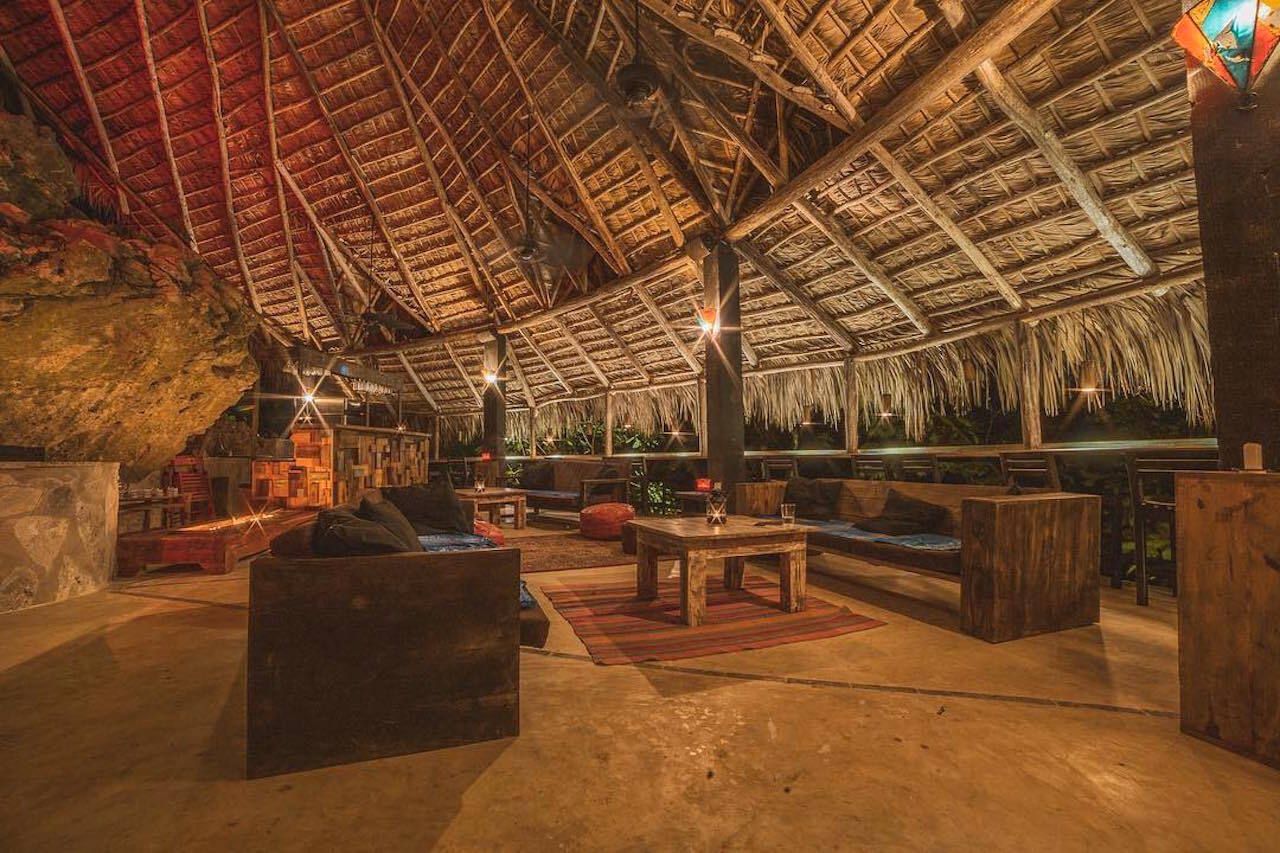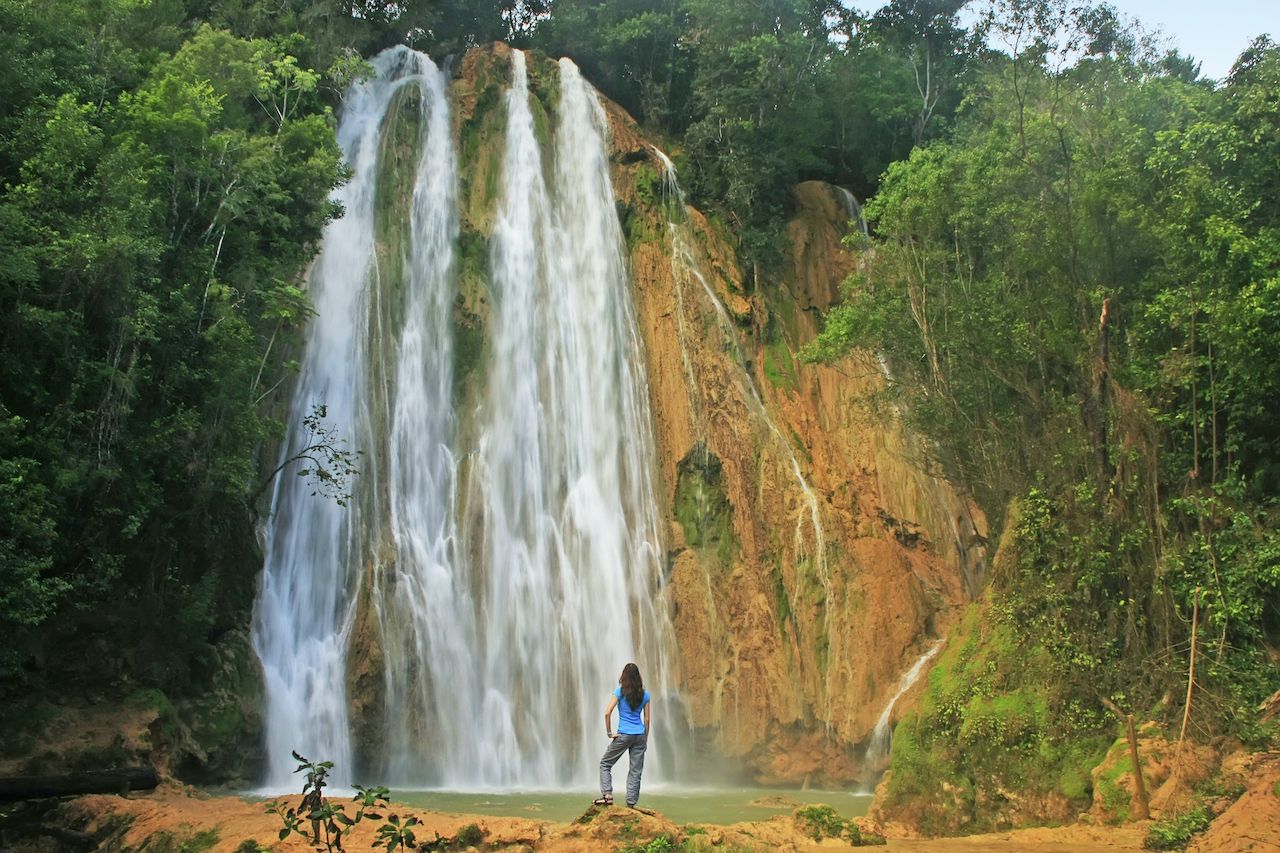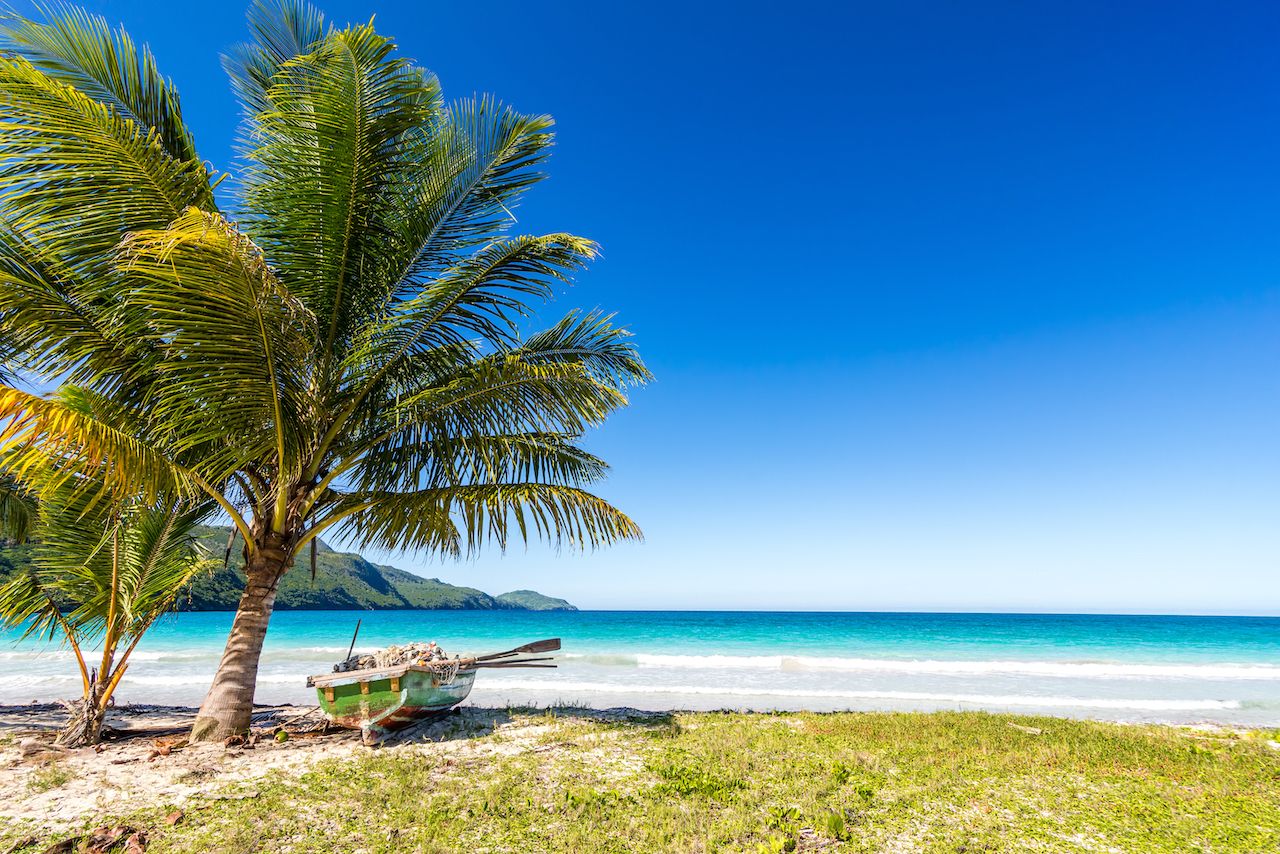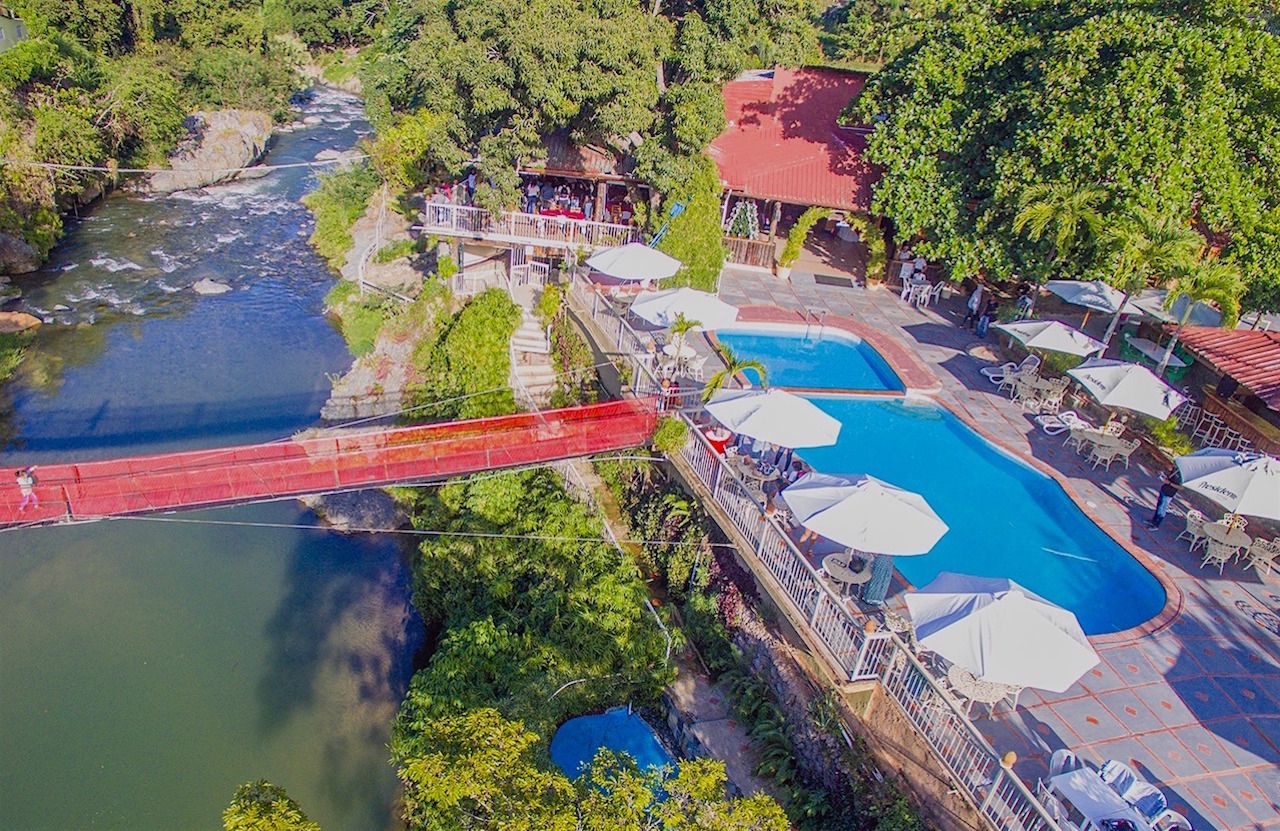With bright blue sky, turquoise water, and palm trees that softly sway in the breeze, the Dominican Republic is one of the most quintessentially beautiful Caribbean islands to explore. A country where tourism is a huge pillar of the local economy, the Dominican Republic suffered a major loss by closing its borders in mid-March due to the COVID-19 pandemic. The country opened its borders to international tourism again in early July with additional safety measures.
The Dominican Republic is arguably one of the best places to plan a Caribbean vacation post-COVID. While the capital, Santo Domingo, is densely populated, the rest of the country is as rural as it gets. You can bask in the sunshine of Samana’s tropical beaches to the northeast or discover Jarabacoa’s hidden waterfalls and luscious vegetation further north.
If you’re dreaming of an island escape, here’s everything you need to know about planning a safe, responsible, and undeniably one-of-a-kind trip to the Dominican Republic during the fall of 2020.

